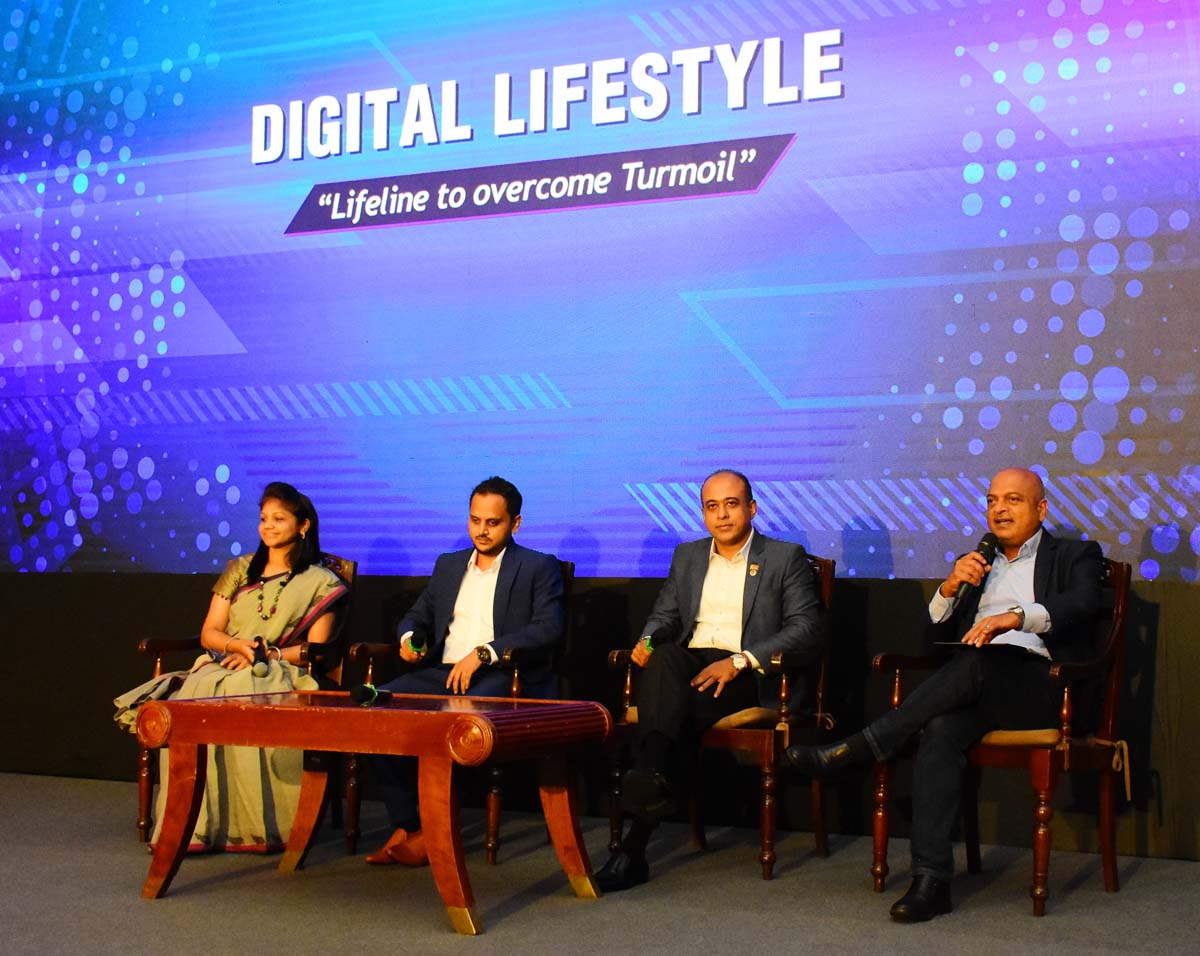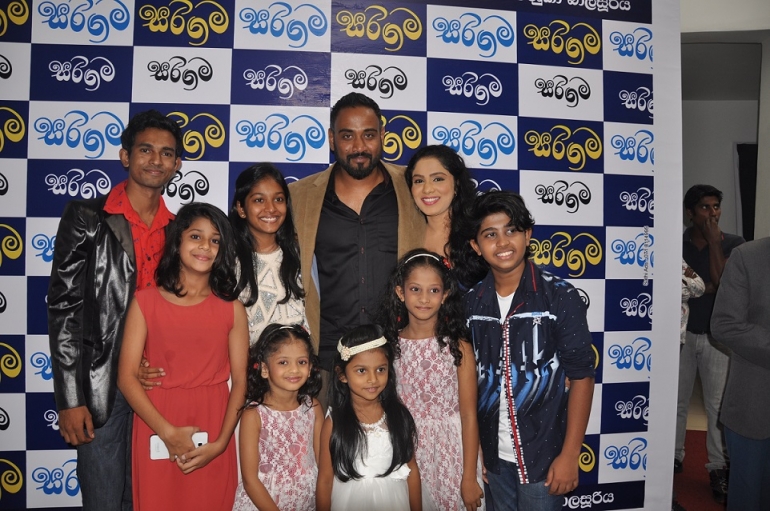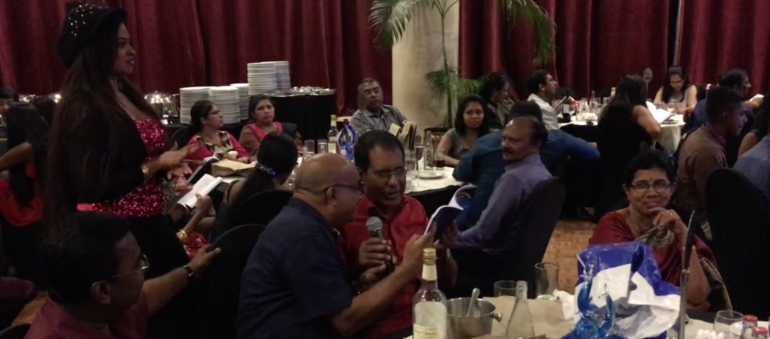Can the current system in Sri Lanka ensure the access to affordable, quality healthcare that’s the right of every citizen? In Colombo, the doctor to patient ratio is 1:472, while in areas like Hambantota or Puttalam, it is 1:1600. This shows that the concentration of healthcare in Colombo is so much higher than the rest of the country and this clearly is a gap that needs to be bridged.
At a panel discussion conducted on the recently held Internet Day 2022, hosted by the Federation of Information Technology Industry Sri Lanka (FITIS) three panellists from the tele medicine sector discussed how digitalisation can help bridge this gap and make the healthcare system more effective. The discussion highlighted the currently available digital solutions, progress in regulations and the building infrastructure.
Preventive care through telemedicine
Somashree Subramaniam, COO of Digital Health Pvt. Ltd, the company that operates Doc 990 on Dialog says, “you can’t open hospitals everywhere and this is where telemedicine plays a major role. For example chronic diseases like diabetes and hypertension which are main health conditions prevalent in our country are the main contributors to the country’s death rate. Telemedicine features include audio/video consultations with doctors, e-pharmacy where medicines are delivered and maybe even mobile lab services all of which can help in emergency situations.”
She explains that telemedicine is not limited to just these services but extends to virtual care, a segment which will be very useful in Sri Lanka because it is more of a continuous support for chronically ill patients. “It's also more of a preventive system where you don’t go to a doctor only when you really need to, but make sure you are regularly covered through virtual care.”
Potential of digital healthcare
Charaka Perera, Senior management team at SLT Mobitel and e-channeling speaking on the potential of telemedicine, noted that e-channeling, which comes under Tele-health, was a game changer when it was introduced 20 years ago. Mayoclinic describes Telehealth as the use of digital information and communication technologies to access health care services remotely and manage your health. Apart from the cost factor, a patient visiting a doctor spends only about 20 minutes with the practitioner. What this equates to is about 20 percent of the time and effort that goes into the patient trying to connect with the doctor. The opportunity therefore, lies in that remaining 80 percent of the effort.
With regard to other aspects of telemedicine, Somashree Subramaniam says, “if you extend it a little further, we have various segments like tele-psychiatry, tele-dermatology and even tele-radiology. Dialog sees a lot of potential in this industry where we can go far beyond just audio/ video consultation and cover virtual care,” however she adds that adoption is quite slow, therefore the growth rate expected is also slow.
High data penetration will help digital health expansion
In terms of statistics in many indicators, Sri Lankan healthcare scores very high in comparison with regional averages, especially in terms of life expectancy, which is something we can be very proud of. But we have a lot to do and a long way to go.
Data penetration in Sri Lanka is seen as a hopeful sign for adoption of digital health services. The number of mobile phone connections in Sri Lanka is more than the population of the country and data penetration on average is 65% . Somashree Subramaniam says usage of mobile phones and data are widely accepted and is like a household utility in the industry today. She describes this as being a key driver for the digital health team of Dialog. The other main reason for the mobile operator to continue efforts in expanding telemedicine is the dire need amongst people living in far regions of the country with no proper access to a medical practitioner or hospital.
Charaka Perera says the intersection between biology and technology is the norm of 21st century earth. “We live in an era where preventive sickness is mechanised through precision medicine.” He says SLT Mobitel and E-channeling are looking at how they could transform this to a next level of an experience. They are looking to see how they can move to the grassroots and go to the 70% rural sector and make that transformation.
Challenges in transforming state sector
On the subject of automating state hospitals the panellists were of the view that the biggest challenges were the national hospital ecosystem and the health ministry itself. They don’t see it happening in the immediate future for various reasons including a techno-phobia factor. Somashree Subramaniam says helping the government sector to digitise is one of Dialog’s key focus areas. An initial step taken by the mobile operator is the channelling platform they provided for the Lady Ridgeway Hospital (LRH), 3 years ago. “There were some challenges in training their staff and it took a while for them to adapt to it, but it has now stabilised.”
Infrastructure and national policies a must
That a blueprint for digital health was finally being formed, in collaboration with the health ministry and ICTA, after years of discussion was also a point raised by Moderator Nisthar Cassim, Editor of the Daily FT. He pointed out that some key initiatives were already taken such as electronic medical records and hospital health management information.
“SLT Mobitel is working towards the infrastructure of making national policies, creating a lot of eco-systems out there, because you cannot automate anything without first putting the infrastructure in place. The national e-health policy document has not been updated and there is no proper document to regularise tele-medicine. Therefore, Regulatory ordinances are also being done currently, says Charaka Perera.
Future of telemedicine
While it is clear that e-health is the way forward for healthcare and will no doubt become an important part of our lives, it is vital to improve efficiency and reduce costs. According to Somashree Subramaniam the next level of telemedicine is all about wearables such as vital signs monitors to smart watches, a glucose monitor or wearable pain relief device. “Like thermometers are common in each household, we should also have wearable devices in every household which will help them monitor their vitals and communicate it to the doctor without having to go on a physical visit. So, that’s the vision we have and we believe we have the infrastructure to bring it to reality.”
Panel discussion on ‘Future of Tele Medicine’
Panellists: Ranjana Wijerathna, Founder & CTO - Dr. Paw PVT Ltd; Charaka Perera, CPG Retail expert, Member - Senior Management team - SltMobitel / Echanneling PLC Marketing operations & digital business transformations; Somashree Subramaniam, Chief Operating Officer - Digital Health (Pvt) Ltd
Moderator: Nisthar Cassim, Editor-in-Chief - Daily FT













